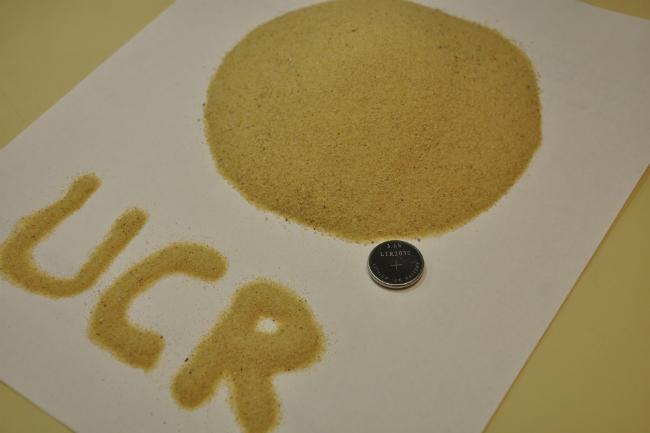
“This is the holy grail — a low cost, non-toxic, environmentally friendly way to produce high performance lithium ion battery anodes,” said graduate student Zachary Favors. For a while, Favors and the other scientists were focused on nano silicon. Unfortunately, fast degradation and the high difficulty of producing it in large quantities almost brought things to a standstill.
Favors researched possible replacements for graphite and found sand with a high percentage of quartz. He purified and powdered the salt before having it ground with salt and magnesium. Finally, the byproduct was heated in order to remove oxygen, resulting in pure silicon. The resulting material has three times the energy density than that of graphite-based anodes, meaning that batteries could last three times longer. In addition, the improved performance of the sand-based anodes could increase the lifespan of batteries by up to three times, or more.
Hopefully, the team’s pure silicon will make its way into consumer batteries sooner than later. The findings were published in the Nature Scientific Reports paper, and the team is now trying to produce large quantities of the nano silicon sand and plans to move from coin-size batteries to pouch-size batteries used in cell phones.


